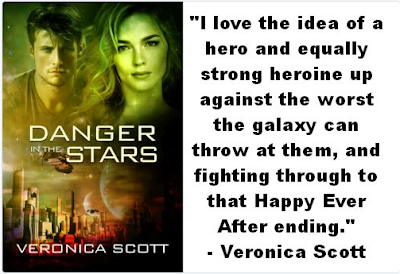After Carina Press bought what was going to be my first
published book in mid-2011, I knew I’d better get myself out there on social
media and build a brand and a platform to connect with my potential readers.
The book was due out in January 2012.
The first step to me was getting a professional headshot,
which turned out to be a lot of fun. I went to the wonderful Dick Wiend, who is
an actor and who works with many actors and other creatives. Before we shot a
single frame, he asked me what I wanted to convey in my photo. I said I wanted
to look like I was sitting down with my reader over a cup of tea as longtime
friends, in their kitchen or mine, ready to tell them a good story.
That’s still how I feel about my ‘job’ as an author, six
years later and how I feel about my brand. I want to tell good stories! And I love
my readers….
For my blog, Facebook and twitter posts, I made a conscious
decision to stay true to myself and talk about things that interest me, which
covers a lot of territory. I’m fascinated by all aspects of science, cats,
roses, bagpipes, other romance authors, TV and movies, books, publishing,
business topics (process improvement, social media developments, etc), food,
science fiction, scifi romance – I
curate a lot of content from many
sites and am always looking for things I think my followers will find interesting
or amusing or pretty.
I don’t discuss politics or any other heavy duty topic. That’s
for my personal life.
My first published book was Priestess of the Nile, so I obviously love ancient Egypt,
archaeology, buried treasures…my second book less than three months later was Wreck of the Nebula Dream, a scifi take
on the sinking of Titanic. So I had
two totally different subgenres of romance I was bouncing between. The
wonderful Kim Killion managed to create a banner for me as shown above which combines the two
visually and I think ties the author brand all together. (I'm a few scifi romance covers behind so I'd better update that!) She's amazing!
But as I went I realized my ‘brand’ was focusing tighter and
tighter on the scifi romance side of things. I write posts on SFR for three
major sites now, as well as tons of guest posts, and the majority of my
published books are in that subgenre. I haven’t changed my social media approach
where I talk about and share all kinds of things but I have changed what I talk
about on my blog to pretty much exclusively SFR. I realized I was
probably confusing readers if they came to check out the blog and found a post
on pretty Victorian ephemera. I used to do a weekly Wednesday Whimsy post that
combined quotes and poetry and photos from my vintage advertising cards. That,
however, has nothing to do with what I actually write. So now my Wednesday blog post is given over to a New
Releases post covering new SFR, fantasy and paranormal romance books.
Author Cynthia Sax created this wonderful meme for me, which
I think sums up my author brand pretty well:











